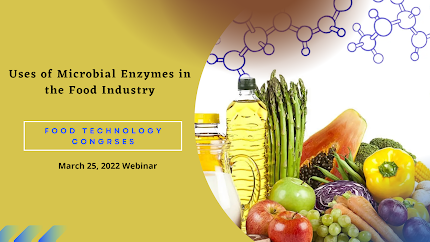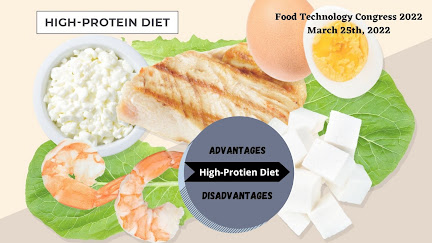Uses of Microbial Enzymes in the Food Industry
Using enzymes or microbes in food preparation is a time-honored tradition. Novel enzymes with a wide range of uses and specificity have been discovered as technology has advanced, and new application areas are continually being researched. Microorganisms such as bacteria, yeast, and fungi, as well as their enzymes, are commonly utilised in a variety of food preparations to improve taste and texture, and they provide significant economic benefits to businesses. Plants and animals favour microbial enzymes because of various advantages, including easy, cost-effective, and constant synthesis. The current assessment looks at the latest developments in enzyme technology for the food industry. A thorough list of enzymes used in food processing is covered, as well as the microbiological sources of these enzymes and the wide range of applications to which they can be used.
Since ancient times, microorganisms have been used in food
fermentation, and fermentation methods are currently used in the creation of
numerous foods. Because microbial enzymes are more stable than plant
and animal enzymes, they serve an important role in the food industry. They
can be manufactured in a cost-effective manner with fewer time and space
requirements using fermentation processes, and due to their high consistency,
process adjustment and optimization can be done relatively easily. Many of
these enzymes are used in a variety of industries; for example, amylolytic
enzymes are used in the food, detergent, paper, and textile industries. They're
used to make glucose syrups, crystalline glucose, high fructose corn syrups,
and maltose syrups, among other things. They are used as additions in
detergents to eliminate starch-based stains. They're utilised in the paper
industry to reduce starch viscosity so that paper can be coated properly.
Amylases are utilised in the textile industry for warp sizing of textile
fibres. Proteases, lipases, and xylanases, for example, have numerous
applications in the food industry. Food, detergent, pharmaceutical, and paper
sectors all use enzymes. Because of their environmentally benign nature,
effective process control, high yield, low refining costs, and process safety,
enzymatic hydrolysis and enzyme-based technologies are now favoured over
chemical processes.
Different fermentation processes, such as solid-state and
submerged fermentations, can manufacture microbial enzymes more effectively
than plant and animal enzymes. Microbial enzymes are also simple to manufacture
on a big scale. Various molecular and biological techniques can be used to
modify microbial enzymes. Overexpression of microbial enzyme genes can result
in hyperproduction of enzymes with high specific activity. Many microbial
enzymes have still to be discovered, and there are numerous prospects for
developing greater industrial applications for microbial enzymes, particularly
in the food industry.




Comments
Post a Comment